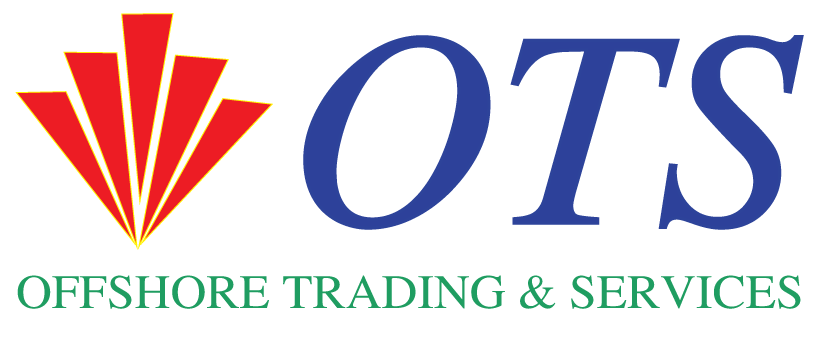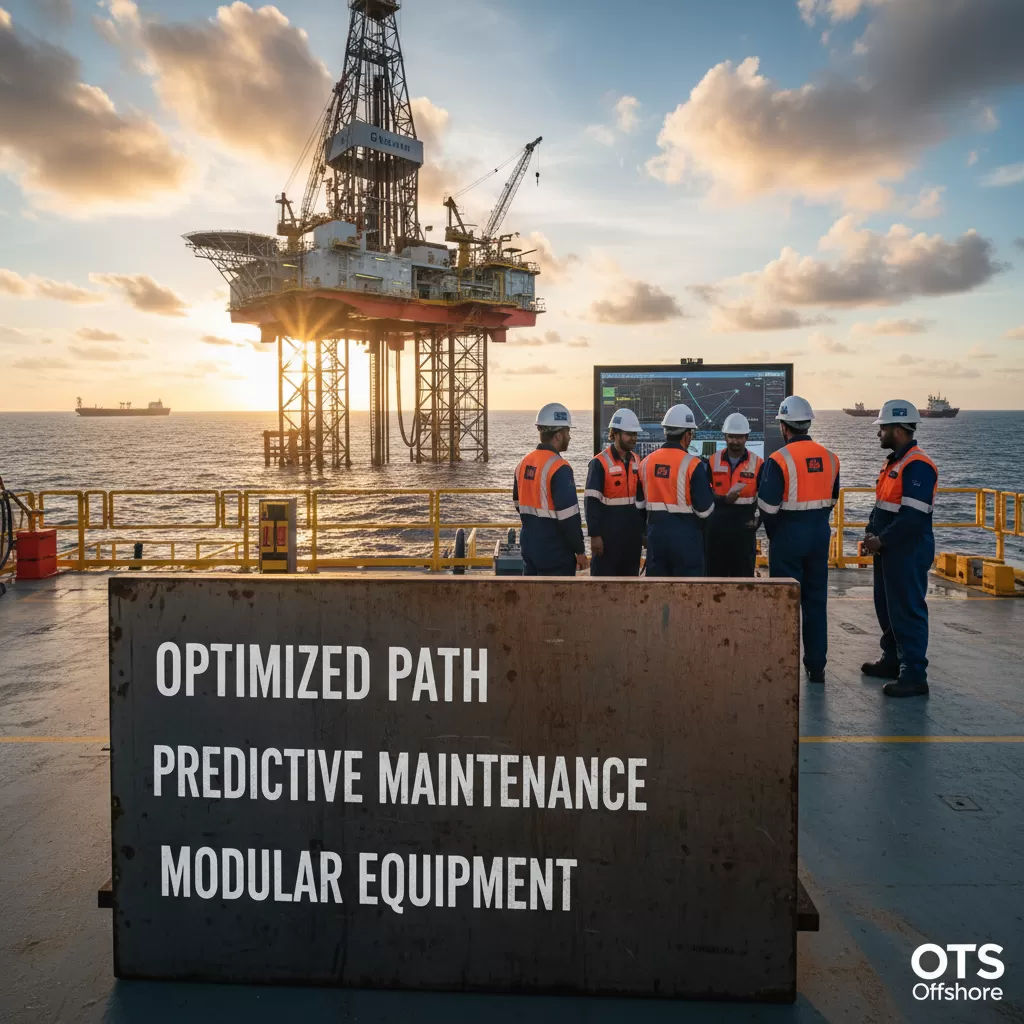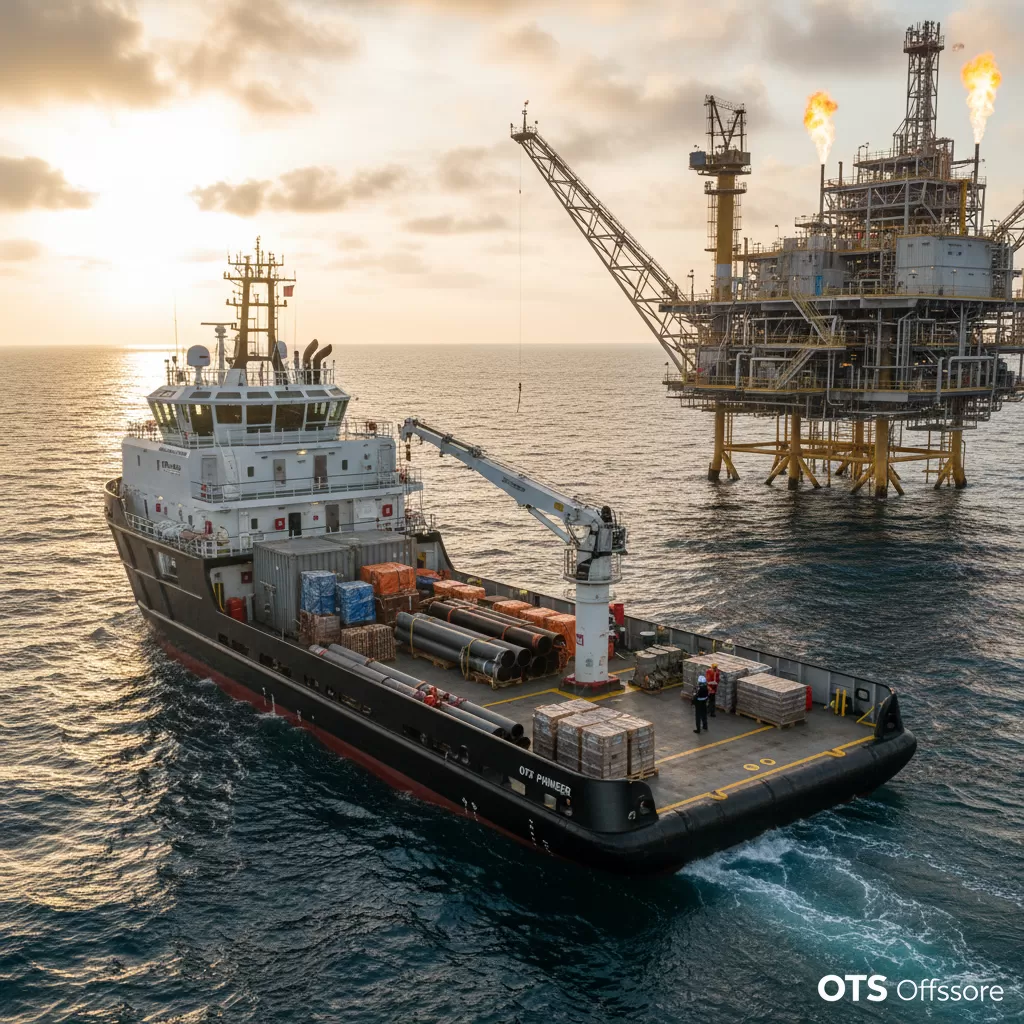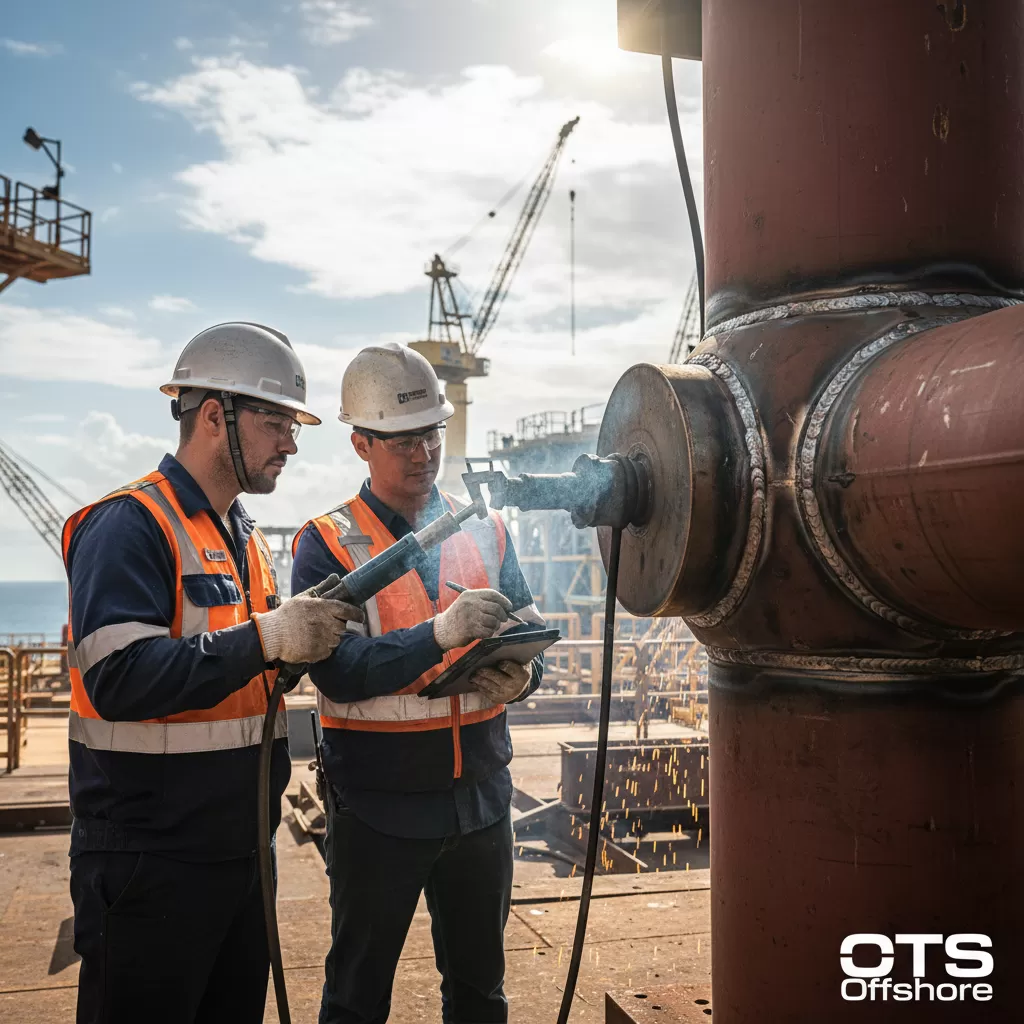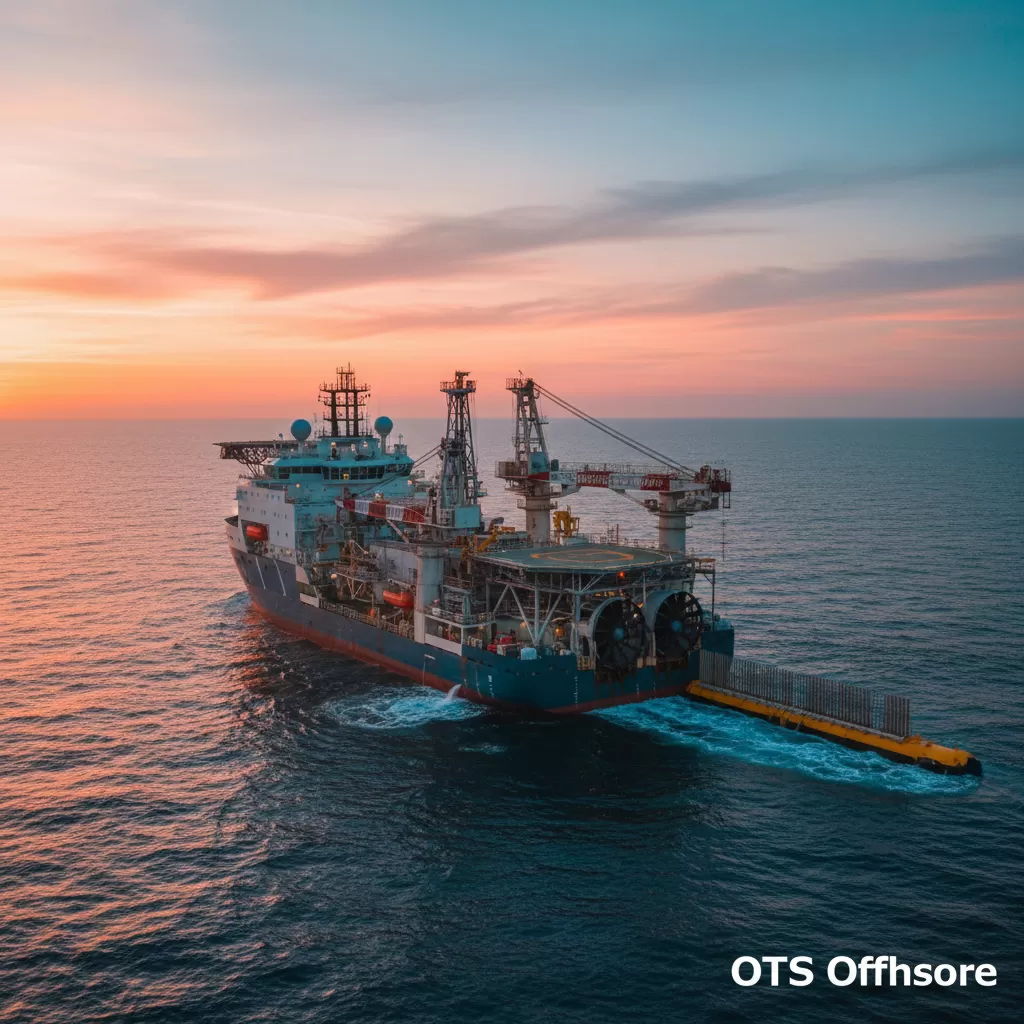Lessons Learned from drilling projects worldwide offer invaluable insights for optimizing future operations, mitigating risks, and enhancing overall efficiency in the upstream oil and gas sector. This compilation distills critical takeaways from a diverse range of global endeavors, focusing on technical challenges, operational strategies, and regulatory considerations.
Navigating the Depths: Key Lessons Learned from Global Drilling Projects
The pursuit of hydrocarbons beneath the Earth’s surface is an inherently complex and challenging undertaking. Each drilling project, regardless of its geographical location or geological setting, presents a unique set of obstacles and opportunities. Analyzing past experiences, identifying what worked and what did not, is paramount to fostering continuous improvement within the industry. These Lessons Learned from drilling projects serve as a collective repository of knowledge, guiding operators, engineers, and project managers towards safer, more cost-effective, and environmentally responsible drilling campaigns. Understanding these insights is not merely a matter of operational efficiency; it is fundamental to the long-term sustainability and profitability of the energy sector. By diligently studying and internalizing these lessons, companies can avoid repeating costly mistakes, accelerate technological adoption, and refine their strategic decision-making processes. The global nature of oil and gas exploration means that successful strategies and cautionary tales from one region can have significant implications for another, underscoring the importance of a comprehensive, international perspective on Lessons Learned from drilling operations.
Technical Innovations and Their Impact on Drilling Efficiency
Advancements in drilling technology have been a driving force behind accessing previously unreachable reserves. From the evolution of drill bit designs to sophisticated downhole measurement tools, innovation plays a crucial role. Analyzing the implementation and outcomes of these technologies in various projects provides critical context.
– Rotary steerable systems (RSS) have revolutionized directional drilling, enabling complex wellbore trajectories with greater precision. Early implementations often faced challenges related to reliability and torque transmission, lessons that have informed subsequent design improvements and operational protocols.
– Managed pressure drilling (MPD) techniques have become indispensable for operating in narrow pore-pressure windows. Learning from projects where MPD was crucial for well integrity, especially in deepwater or unconventional reservoirs, highlights its importance in mitigating formation fracture and influx.
– Advanced cementing technologies, including specialized additives for temperature stability and zonal isolation, are vital for long-term well integrity. Examining failures and successes in cementing jobs across different formations and pressures offers invaluable lessons for future well design and execution.
– The integration of real-time data analytics and artificial intelligence (AI) in drilling operations is a growing trend. Lessons learned from pilot projects demonstrate the potential for predictive maintenance, optimized drilling parameters, and enhanced safety, but also highlight the need for robust data infrastructure and skilled personnel.

Operational Challenges and Risk Mitigation Strategies
The operational landscape of drilling is fraught with potential pitfalls. From equipment malfunctions to unforeseen geological conditions, proactive risk identification and mitigation are essential. Lessons Learned from these operational challenges are often the most impactful for day-to-day execution.
– Well control incidents, while thankfully infrequent, carry severe consequences. Comprehensive post-incident analysis from global projects consistently points to the importance of rigorous training, adherence to procedures, and effective communication during high-stress situations. The lessons learned here are fundamental to safety culture.
– Equipment failures, particularly of critical components like mud pumps, top drives, and blow-out preventers (BOPs), can lead to significant downtime and cost overruns. Lessons learned from these instances often involve implementing stricter maintenance schedules, investing in higher-quality equipment, and developing robust contingency plans.
– Unexpected geological challenges, such as encountering highly fractured zones, abnormal pressures, or sour gas, require adaptive drilling strategies. Projects that successfully navigated these complexities often share lessons on the benefits of thorough geological surveys, flexible well design, and the timely deployment of specialized intervention equipment.
– Supply chain disruptions and logistical complexities, especially in remote or challenging environments, can impact project timelines. Lessons learned from projects in these regions emphasize the need for meticulous planning, redundant supply routes, and strong relationships with local service providers.
Geological Settings and Their Unique Drilling Demands
Different geological environments present distinct drilling challenges. Understanding these variations and the lessons learned from tackling them is crucial for project planning and execution.
– Deepwater drilling presents unique challenges related to water depth, hydrostatic pressure, and the complexity of subsea equipment. Lessons learned from early deepwater projects focused on the development of specialized riser systems, advanced BOP technology, and highly reliable subsea control systems.
– Arctic drilling demands strategies for dealing with extreme temperatures, permafrost, and ice-related hazards. Lessons learned from these environments underscore the importance of specialized equipment designs, robust environmental protection measures, and adaptive operational schedules.
– Unconventional reservoir drilling, such as shale plays, requires techniques like horizontal drilling and hydraulic fracturing. Lessons learned from these projects revolve around optimizing fracture stimulation for maximum recovery, managing wellbore integrity in complex stress regimes, and addressing the environmental footprint of these operations.
– High-pressure high-temperature (HPHT) environments necessitate specialized materials and operational procedures to ensure well integrity and equipment reliability. Lessons learned from HPHT projects highlight the critical importance of advanced metallurgy, precise temperature and pressure management, and rigorous safety protocols.
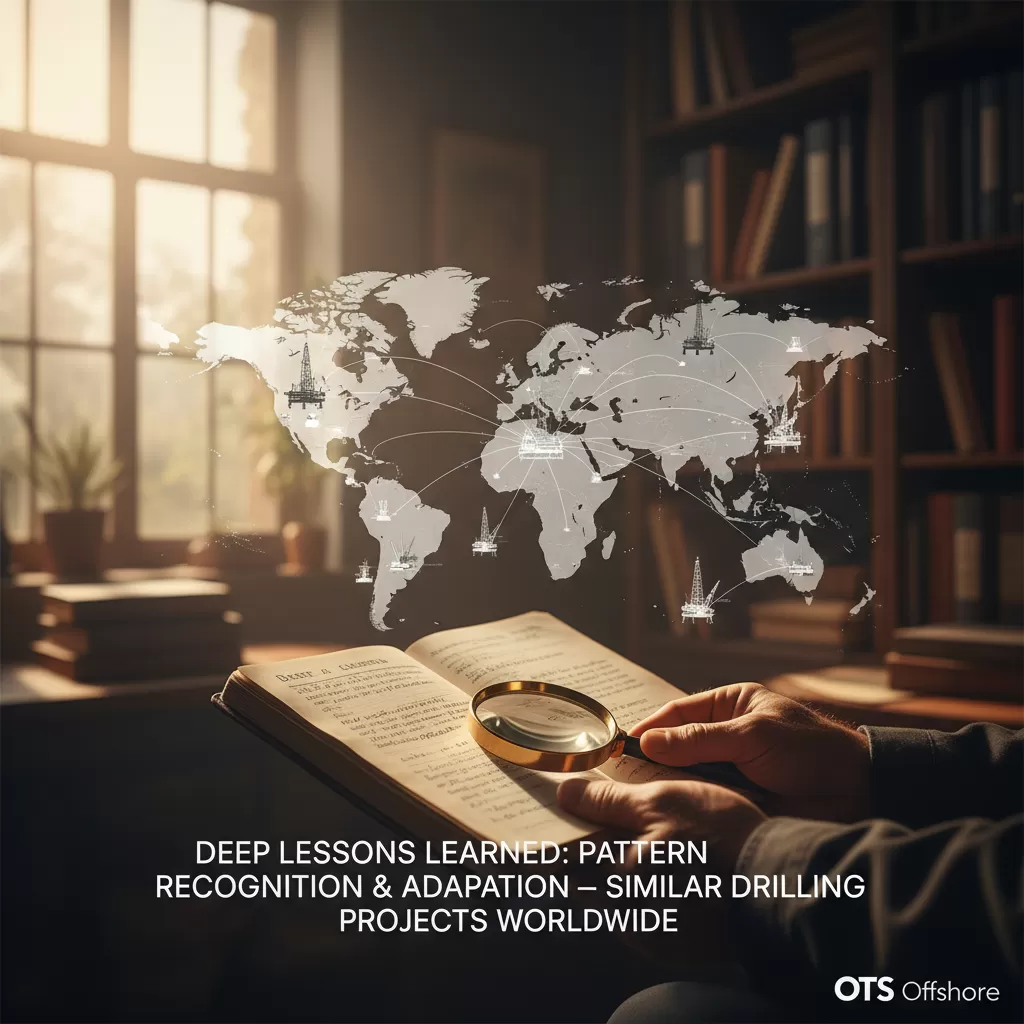
Regulatory Frameworks and Environmental Considerations
The energy industry operates under increasingly stringent regulatory scrutiny and growing public demand for environmental stewardship. Lessons Learned from navigating these frameworks and minimizing environmental impact are vital.
– Environmental impact assessments (EIAs) are critical for obtaining permits and ensuring responsible operations. Lessons learned from projects facing environmental opposition often involve enhancing community engagement early in the planning process, transparently communicating potential impacts, and demonstrating a commitment to mitigation strategies.
– Waste management and disposal practices are under constant review. Lessons learned from projects with effective waste reduction and recycling programs emphasize the benefits of integrating these considerations into the initial well design and operational planning.
– Spill prevention and response planning are paramount. Analyzing incidents and near misses globally provides critical lessons on the importance of robust containment systems, effective training for response teams, and rapid deployment capabilities.
– Evolving regulatory landscapes, particularly concerning emissions and decommissioning, require proactive adaptation. Lessons learned from companies that have successfully integrated future decommissioning costs and environmental performance into their current project economics demonstrate a forward-thinking approach.
Human Factors and Safety Culture Enhancement
Ultimately, drilling operations are executed by people. The human element, including training, decision-making, and the overall safety culture, plays a disproportionately large role in project success or failure.
– Effective communication protocols, especially during critical operations or emergencies, are vital. Lessons learned from incidents often reveal breakdowns in communication as a primary contributing factor, underscoring the need for clear, concise, and standardized communication channels.
– The importance of a strong safety culture cannot be overstated. Projects with a proactive safety mindset, where near misses are reported and investigated without fear of reprisal, consistently demonstrate lower incident rates. Lessons learned emphasize leadership commitment and employee empowerment in safety initiatives.
– Continuous training and competency assessment are crucial for a skilled workforce. Analyzing projects where skill gaps led to errors highlights the necessity of ongoing professional development, simulation training, and knowledge transfer initiatives.
– Fatigue management for drilling crews, especially in remote or 24/7 operations, is a significant safety concern. Lessons learned from analyzing fatigue-related incidents have led to the implementation of more structured shift rotations and improved rest facilities.
Project Management and Cost Optimization Strategies
Efficient project management and cost control are critical for the financial viability of any drilling endeavor. Analyzing how successful projects have managed their budgets and timelines offers valuable insights.
– Detailed planning and risk assessment during the front-end engineering design (FEED) phase are crucial. Lessons learned from cost overruns often point to insufficient upfront planning, leading to scope changes and unforeseen expenditures during execution.
– Effective vendor management and contract negotiation contribute significantly to cost optimization. Projects that have established clear performance metrics and collaborative relationships with service providers tend to achieve better cost outcomes.
– The utilization of advanced project management software and techniques can improve oversight and control. Lessons learned from projects employing integrated scheduling and cost-tracking tools highlight their effectiveness in identifying potential deviations early.
– Post-project reviews and knowledge sharing are essential for continuous improvement. Companies that consistently conduct thorough lessons learned sessions and actively disseminate findings across their organization are better positioned to optimize future projects.
Emerging Trends and Future Implications for Drilling Projects
The oil and gas industry is constantly evolving, with new technologies and methodologies emerging. Understanding these trends and their potential implications is key to staying ahead.
– The increasing focus on decarbonization and the energy transition will undoubtedly impact future drilling strategies. Lessons learned from early efforts in carbon capture, utilization, and storage (CCUS) projects, as well as geothermal energy exploration, will be transferable.
– The digitalization of drilling operations, leveraging IoT sensors, big data analytics, and cloud computing, is set to accelerate. Lessons learned from current digital initiatives point to the need for robust cybersecurity measures and skilled data scientists.
– Automation and robotics are finding increasing application in drilling. While still in early stages, lessons learned from pilot programs suggest significant potential for improved safety and efficiency in repetitive or hazardous tasks.
– The growing importance of stakeholder engagement and social license to operate will continue to shape project planning. Lessons learned from projects that have successfully built trust and collaboration with local communities and stakeholders will be invaluable.
